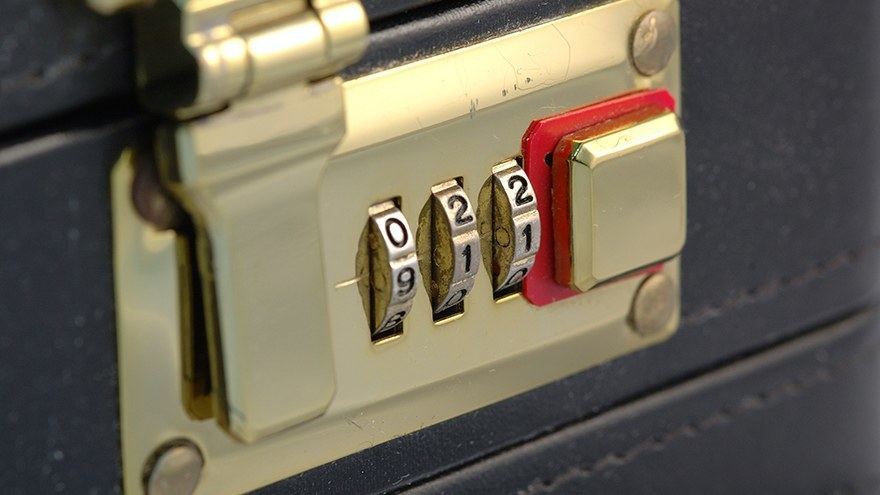Isle of Man and Guernsey Investor protection explained.
Isle of Man & Guernsey Investor Protection
The Isle of Man and Guernsey both offer investor protection schemes for policyholders by law. It states that an individual policyholder receives up to (Isle of Man), or at least, (Guernsey) 90% of the value of the policy, should the insurance company that issued the policy fail to meet its liabilities. This rule applies to all policyholders regardless of their nationality or country of residence.
Bank deposit vs. insurance policy
The policy holder protection on the Isle of Man and Guernsey is often called the best in the world. The main reason for this is that there is no upper limit, unlike with bank deposits, and that the investor protection scheme is a separate protection scheme applicable exclusively to insurance based products.
Bank deposits have an upper limit. In Europe the bank deposit protection system has a limited of €100.000. In the United Kingdom £85.000 and on the Isle of Man and Guernsey the limit is £50.000. All figures apply per person per bank. Depositors likely lose amounts higher than these limits in case a bank defaults. Before any capital over the limit returns to the depositor he needs to wait for the liquidation of the bank to complete. This often takes a long time.
How it works:
The Isle of Man achieves this protection via a special fund. All regulated Isle of Man life insurance companies contribute into it. By design the fund will compensate the policyholder in case a life insurance company can’t meet it’s liabilities. The maximum compensation equals to no more than 90% of the policy’s investment value. In case there are insufficient funds available to compensate the policyholders sufficiently, the protection fund can charge a maximum levy of 2% across all participating insurance companies.
Guernsey operates in a slightly different way. Life insurance companies in Guernsey hold at least 90% of policyholder’s assets outside of the company’s balance sheet. A third party trustee acts as custodian for the assets on behalf of the policyholder. This system ensures that assets representing at least 90% of the policyholder’s portfolio are protected.
The design of the protection system in both locations focuses on prevention. The regulator enforces very strict solvency and liquidity requirements on all life insurance companies. The local financial services authority carries out quarterly inspections and checks. This prevents any potential issues from getting out of control in the first place.
What about market risks?
Market losses on assets linked to the policyholder’s plan are not covered by the protection system. The client only enjoys protection if the life insurance company can’t meet its liabilities to the client. Read about investment risk management here.







